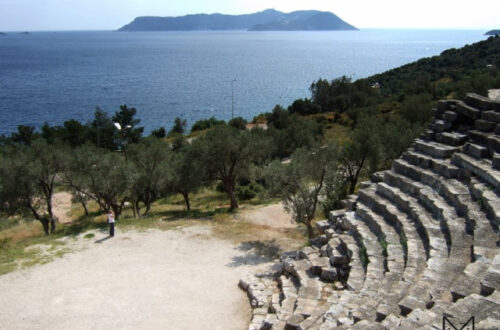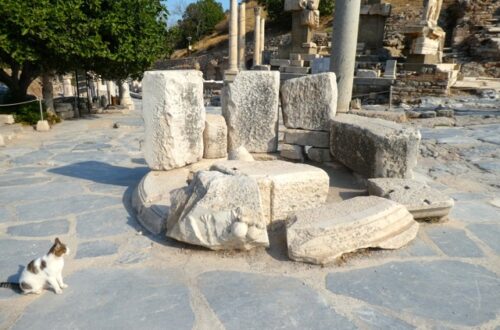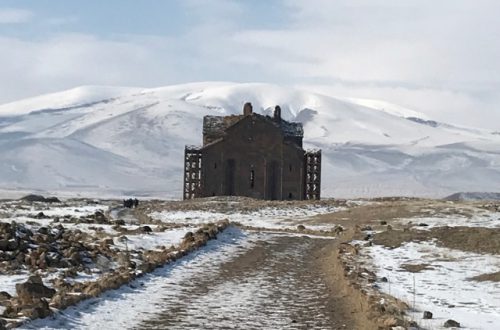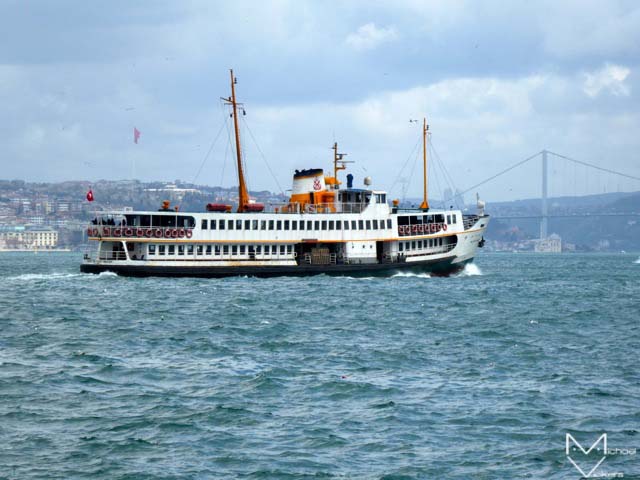
Byzantium, Constantinople, Istanbul
Photographs by Mike Vickers
Feature photo above: Forever divided by the Bosphorus, these graceful yellow-funnelled ferries remain synonymous with Istanbul, knitting the two halves of this phenomenal city together.
Istanbul is without doubt one of the great cities of the world with an incredible pedigree, but even the most cursory history of the city would still be far too long for an article of this length. If you are interested, however, be assured the internet can provide you with all you’ll ever need to know, but I’ll just dwell briefly on two unique features before moving on to tell you all about our visit.
Firstly, it has changed its name three times. The first settlement was originally founded as Byzantium in the 7th century BC. In the 4th century AD, it changed to Constantinople, after the Roman emperor Constantine, obviously, before finally officially settling on Istanbul in 1930, which is surprisingly not that long ago. This name may have derived from eis tin polin, a Greek phrase meaning To the City, which had been used informally since the 10th century, or from the Turkish word Islambol, meaning City of Islam. Pick your favourite.
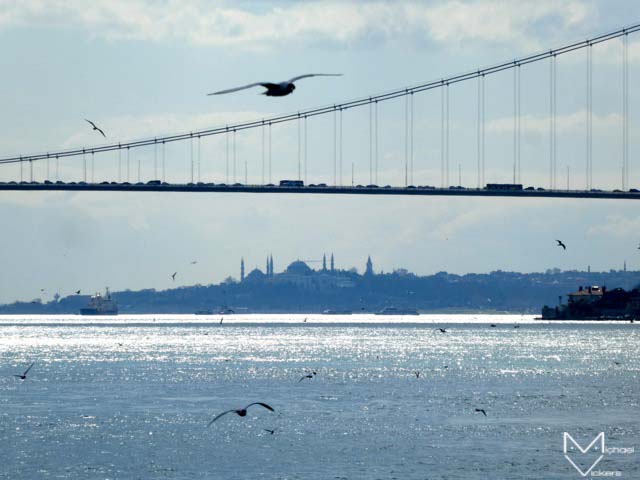
Secondly, of the very few settlements that actually span two continents, Istanbul is by far the largest and most well-known, with Asia and Europe facing each other across the Bosphorus, the famous waterway which splits the city in half.
This rapidly-expanding mega-city is a world apart. You feel as if you’ve suddenly arrived in a completely separate country, just like London feels once you’re inside the M25. It’s also a long way from Fethiye, so unless you want to spend all day in a car, flying is the best option.
The city is an hour’s flight from Dalaman, so in between busily taking off, climbing, descending and landing, there’s barely enough time for Turkish Airlines to provide a meal, but they manage admirably. The stewardess gallops past frisbeeing cheese rolls at her passengers, then does a quick turnaround at the end of the aisle and gallops back to collect the empty packaging on her return journey to the galley. That’s obviously a mild exaggeration – but not by much!
Accompanied by our friends, Uğur and Julie, we thankfully got through Istanbul’s enormous airport without any difficulties. The 50km taxi ride into the city actually took longer than the flight! We soon started encountering the ever-expanding outskirts, huge estates of tower blocks for kilometre after kilometre on either side of the motorway. The population of Istanbul is now around 16 million – possibly 17 million by the time I’ve finished writing this article – making it by far the largest city in Europe. As usual, everyone we saw seemed younger than us. The place is vast and from the centre, we could see the vague silhouettes of skyscrapers away on the horizon in every direction.
After negotiating numerous junctions and two lengthy tunnels under the suburbs, we finally hit one of Istanbul’s notorious traffic jams before eventually arriving at our apartment hotel, the modest but friendly and very acceptable Sezer Housez, our home for the next three nights. Located in Beşiktaş, we were in an area beside the Bosphorus to the north of the Golden Horn, but still close enough to the centre. From our 4th floor window, between two buildings opposite, we could see the roof of the Dolmabahçe Palace and the Bosphorus itself. Coming from Fethiye, it was odd not hearing any chickens outside, but instead we were entertained by the musical calls of green parakeets in the tree-lined street below our balcony.
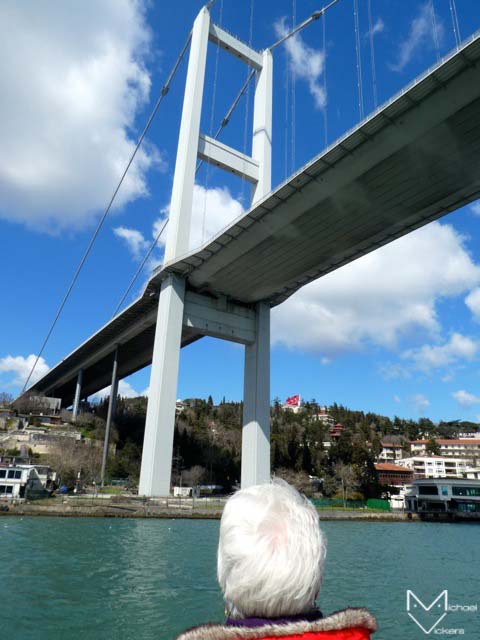
Uğur’s family is from Istanbul and he used to live there, so it was obviously a great advantage having someone who knew their way around. Stepping out after getting settled, we walked downhill and soon found ourselves on the shoreline. Uğur checked out a suitable pleasure boat and off we set off for a voyage up the Bosphorus, heading north towards the Black Sea. The views were tremendous, the weather bright but very cold. Off the port bow was Europe and to starboard was Asia, both connected by some pretty impressive suspension bridges.
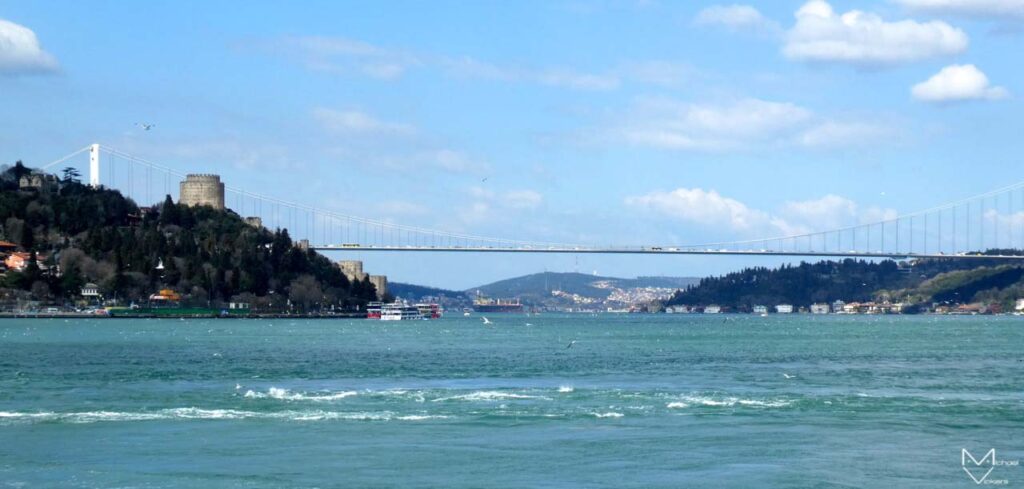
The boat chugged on past medieval castles, numerous palaces and wonderful mosques. A huge oil tanker slid by, shepherded by pilot boats. All around us was the sound of rumbling marine diesel engines from the dozens of ferries criss-crossing the channel. I never realized that huge volumes of water pass through the Bosphorus in each direction every day, and where the channel is narrow and surprisingly shallow, white horses, whirlpools, waves and currents disturb the surface, making the water boil and writhe. It was quite a sight as the boat skirted around the edges of these choppy areas.
That evening, we left the hotel and turning away from the shore, walked up to the top of the road and caught a cable car across a big park – Istanbul is very hilly – on our way to Taksim Square. This is one of the major open spaces in the city and a bustling gathering place. From there, as the sun set, we strolled down Istiklal Caddesi, Istanbul’s equivalent of Oxford Street in London. It’s hard to imagine a more vibrant, noisy, busy, exciting and fascinating place, with vintage trams clattering up and down, parting the crowds with their tinkling bells. It was truly wonderful.
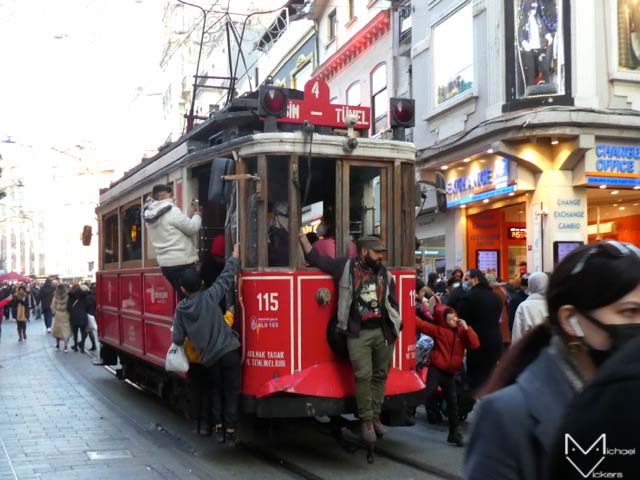


Over the following couple of days we visited all the favourite tourist spots, including the magnificent and very grand Dolmabahçe Palace spread out along the shores of the Bosphorus. We also took the Metro train over the Galata Bridge and into old Constantinople. Sadly, the Basilica Cisterns, the one place I really wanted to see, were closed for renovation, but we had a great time in the labyrinthine Grand Bazaar and bought a lovely Turkish lamp.
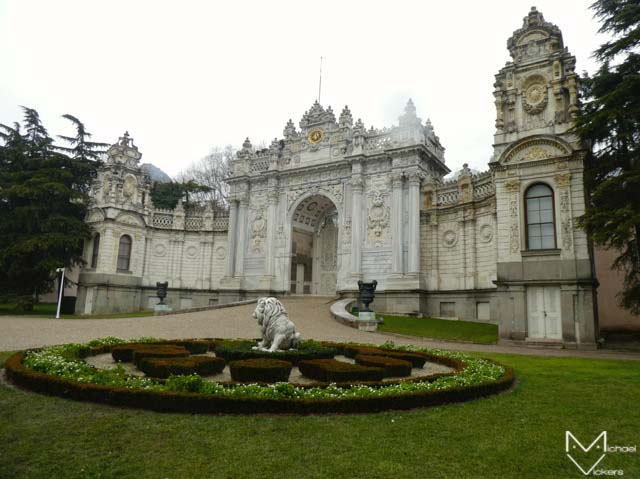

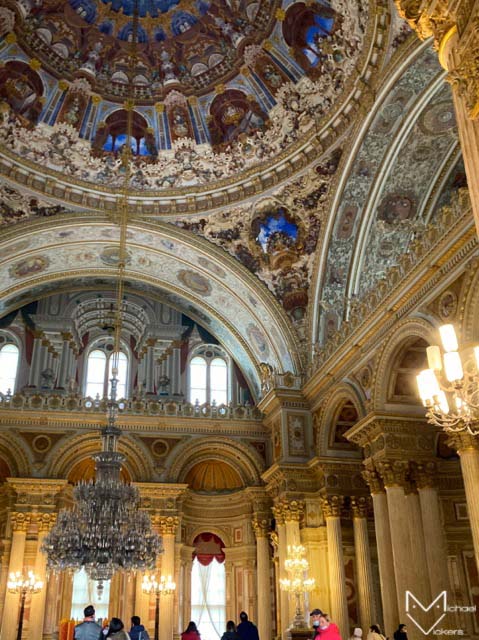
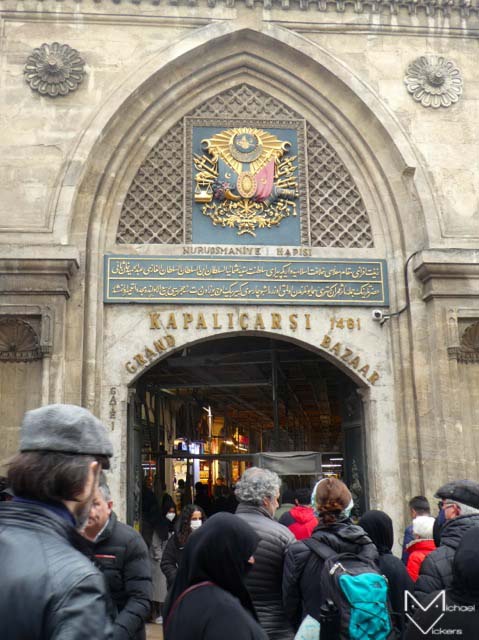



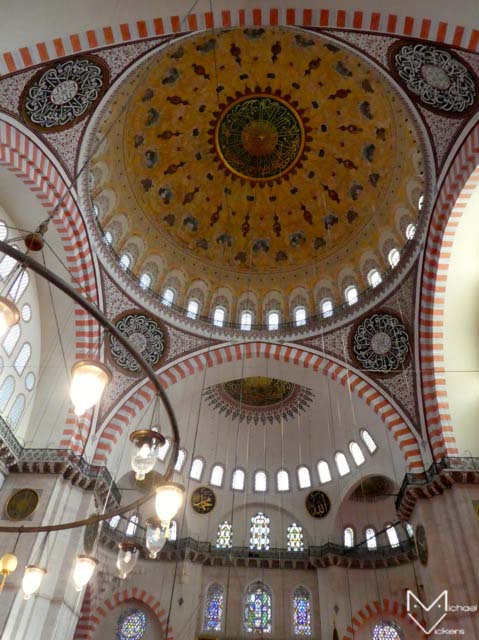

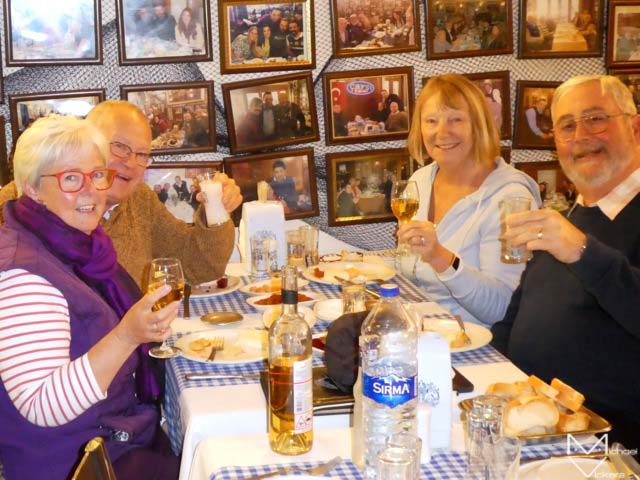
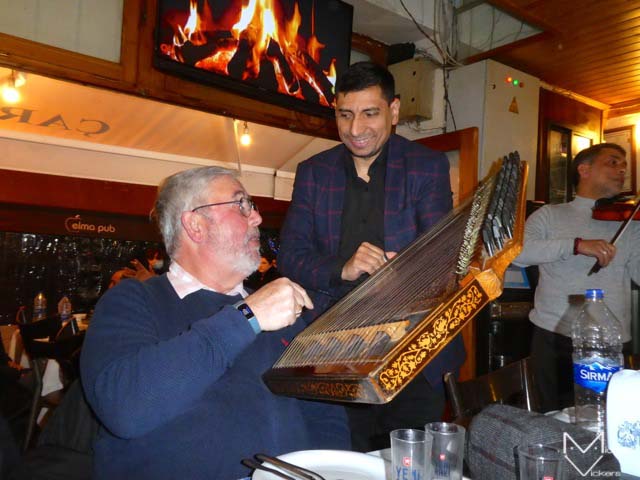
The bright, airy and glorious Süleymaniye mosque is the resting place of Suleiman the Magnificent and has wonderful views out over the Golden Horn and Bosphorus, and of course we just had to drop in on the Hagia Sophia. What a place! Built by the Roman Emperor Justinian over 1500 years ago, its vast and richly-decorated interior reflects its time as both a Christian basilica as well as a mosque. Boy, was it crowded, and I noticed the huge marble door thresholds had been worn away by untold numbers of feet over the centuries.
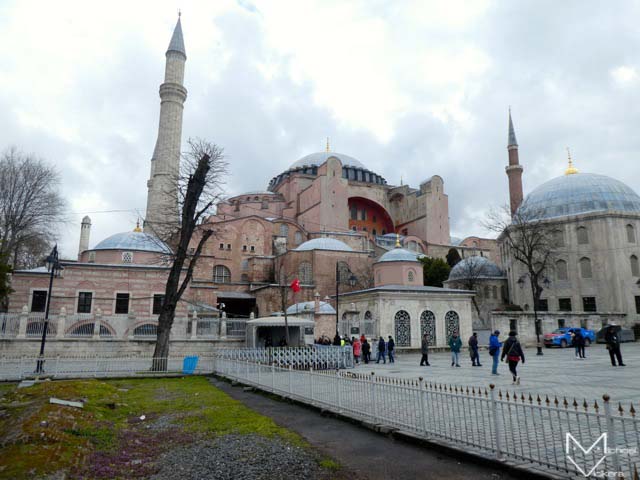

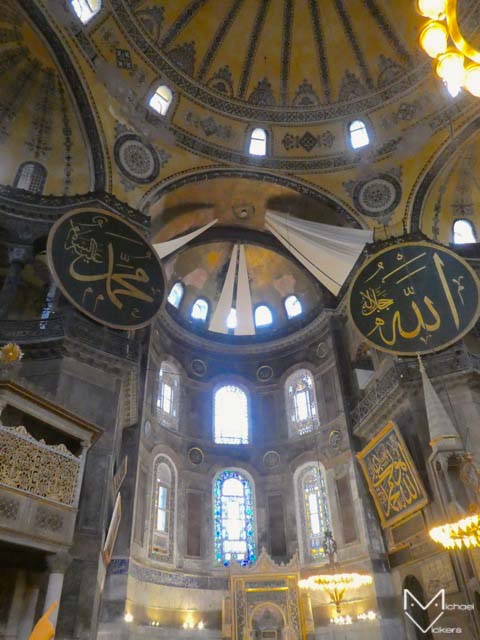
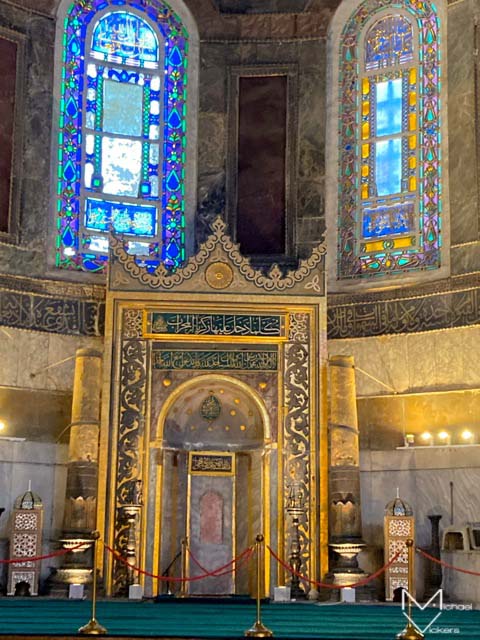
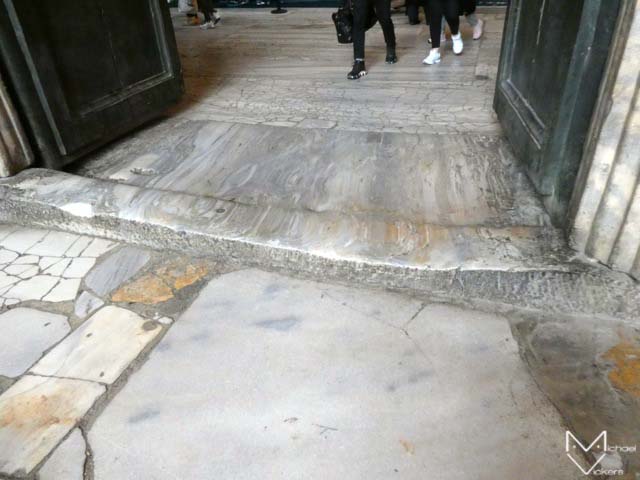
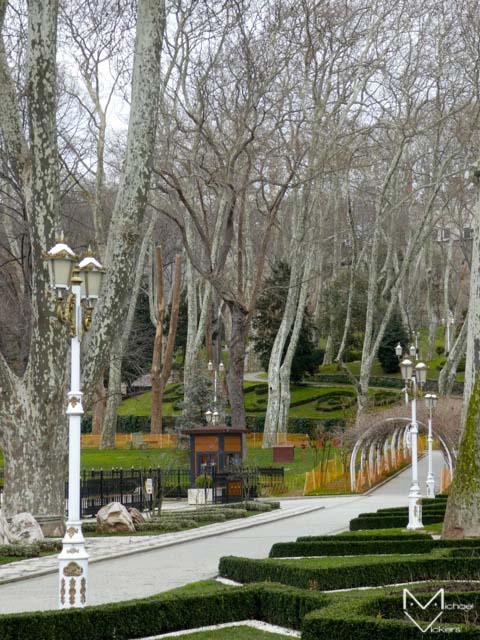
From the Hagia Sophia, we walked through Gülhane Park, full of stately plane trees with their mottled trunks and herons nesting high up in the topmost branches, then down to the Golden Horn, across the Galata Bridge – lined with fishermen as always – and up some steep and narrow back streets to the Galata Tower.
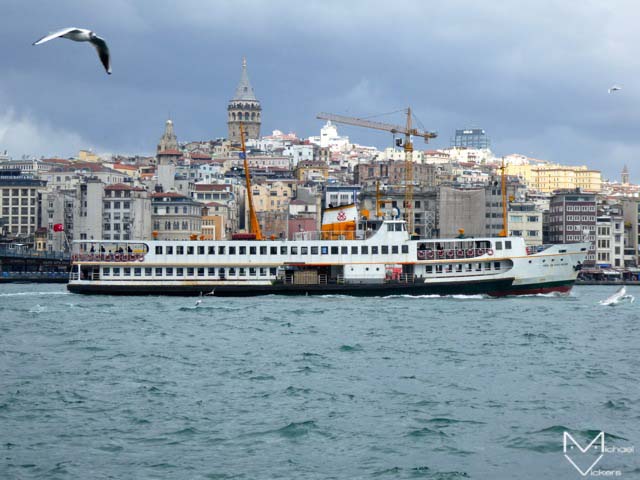

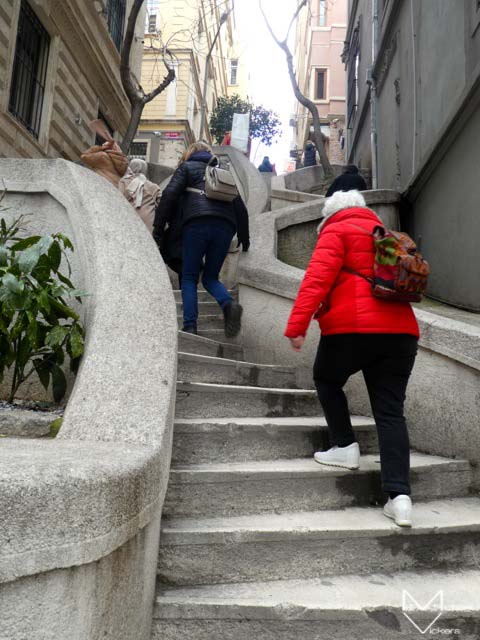

Built as a watch tower by the Genoese and completed in 1348, the tower unsurprisingly has some of the best views over the city, the Golden Horn, and away south down the Bosphorus to the Sea of Marmara. It loomed larger and higher as we approached. Now, anyone who knows me well is very aware that I have trouble with heights, yet I was determined to go up this tower and was brimming with confidence whilst actually inside, but then I must confess to an extreme – and I mean extreme – uneasiness when I stepped out onto the open circular metal viewing platform around the top. However, after tightening the appropriate muscles to prevent any potentially embarrassing vertigo-induced leakages, I took as many photos as I could while repeatedly telling myself that I was actually safely on the ground!
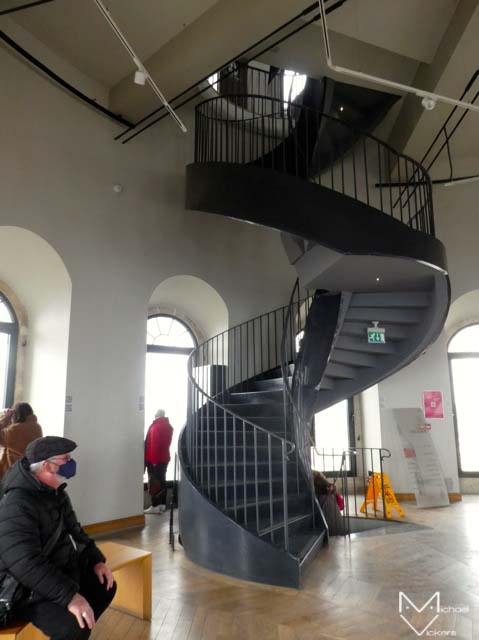

The Galata Tower has two lifts, but these are only designated for ascending visitors. To descend, you have to walk down some seriously steep stone steps. With no handrail. Jan refused point blank and asked to go down in the lift – which, of course, always returned to the ground floor empty anyway. This was eventually allowed, but very grudgingly. Not what you would expect, and the only moment of unhelpfulness in our entire stay.
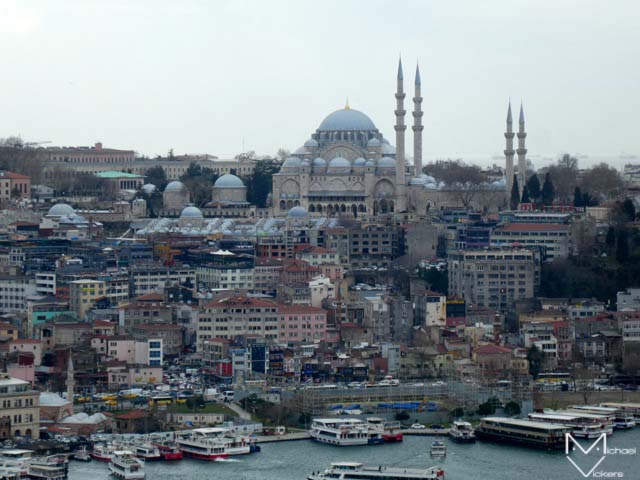
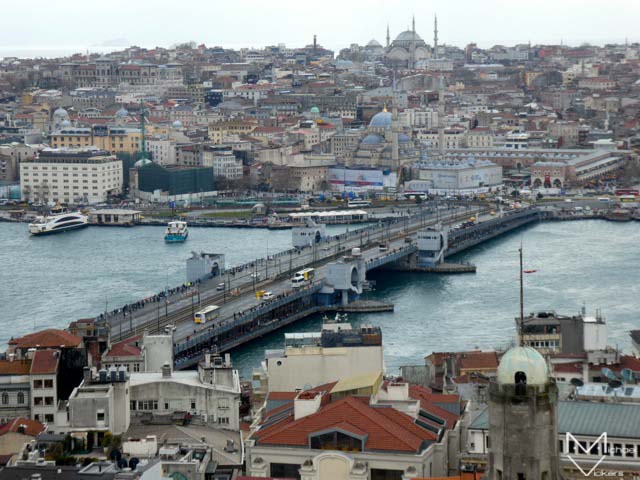
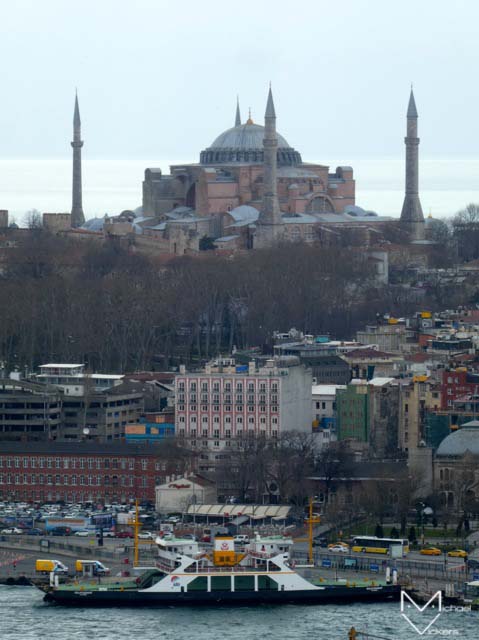
However, we recovered our composure with a very nice lunch in a stylish restaurant next to the tower. From there, we actually had to walk uphill to the end of Istiklal Caddesi to get on the underground funicular railway that then descended all the way back down to the Galata bridge. From there, a bus took us back to Beşiktaş. Got to say the public transport system in Istanbul is cheap, frequent and really very good indeed.
On our last evening, with no taxis available, one of the hotel staff took us in his own car to 29 Restaurant overlooking Bosphorus. Now this was a smart place. For a start, some guys outside were valet parking big Mercs and shiny new Audis. We turfed up in an old Ford Fiesta diesel. There was a dress code. We scraped through, probably only because none of us like wearing trainers, but it was obvious from scanning the surroundings we were vastly underdressed and shown to a table which reflected our sartorial inelegance, one commensurate with the waiter’s assessment of our ability to pay the bill. Don’t get me wrong, the staff were absolutely charming, the table was very nice and, most importantly on such a very chilly night, still inside the restaurant, but we know that’s the way it works sometimes.
Then Jan and I decide to have lobster. The waiter leaned over to whisper in Uğur’s ear, ‘Do they know how much this is going to cost?’ We nodded and he took our order. Uğur and Julie had steaks. However, the act of ordering the lobster had triggered an immediate change in our circumstances. The maitre d’ bustled over. We appeared to have scampered across a threshold in spending which initiated an instant upgrade to a much better table with a view of the Bosphorus and the twinkling lights of Istanbul. Ooo-er, missus. The food was amazing, the view incredible, the staff consummately professional.
As for the bill, it came in at 6000tl, or a smidge over £300! We didn’t care – this was one of those one-off, never-to-be-repeated moments. We’d dined fabulously in an astonishing location in one of the greatest cities in the world. We won’t forget that in a hurry. Neither will we forget the bill!

The following morning found us back at the airport, we went straight through with no problems or delays, boarded the hour’s flight back to Dalaman, once again having our meal lobbed at us as the stewardess hurtled by before ricocheting her trolley off the cockpit door and returning to collect the packaging. Couldn’t help but compare with the service at 29 Restaurant.
We got home to the familiar and comforting sound of chickens scratting around in the field behind our house. Ah, it was so good to be back in real Turkey again!
Note: Sezer Housez Apart Hotel, Süleyman Seba Caddesi, Beşiktaş: 0212 259 0114


